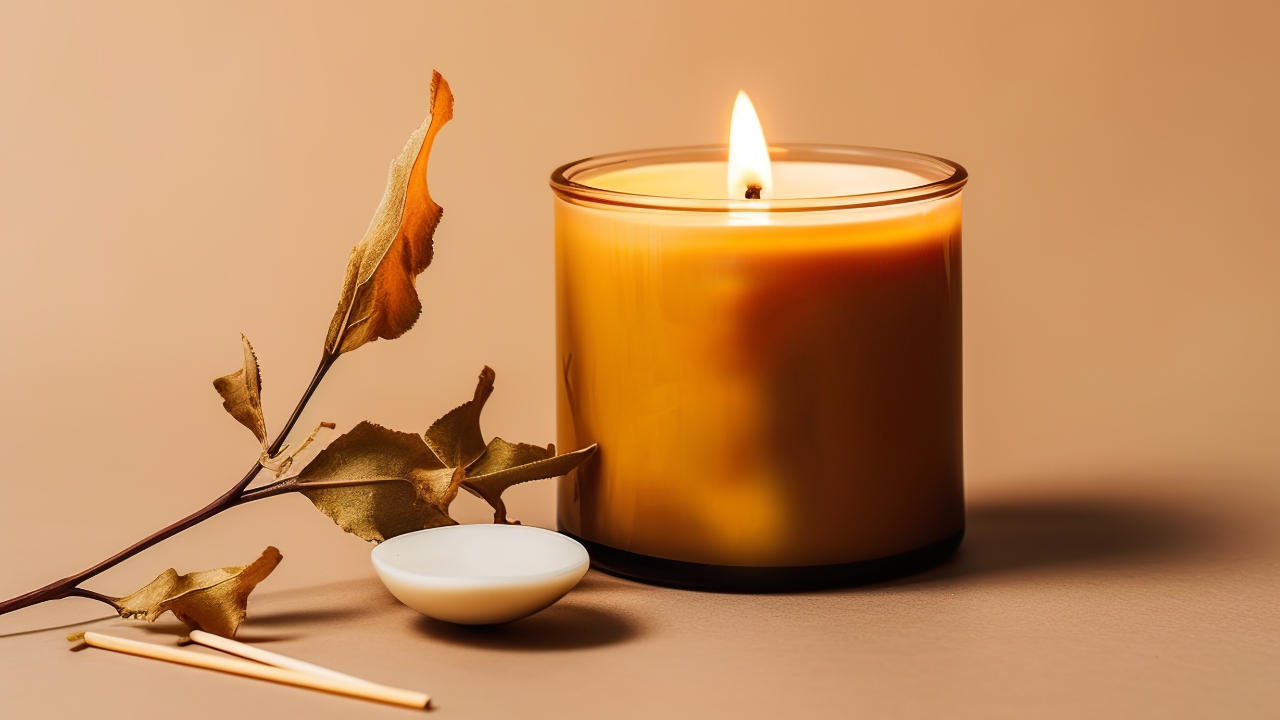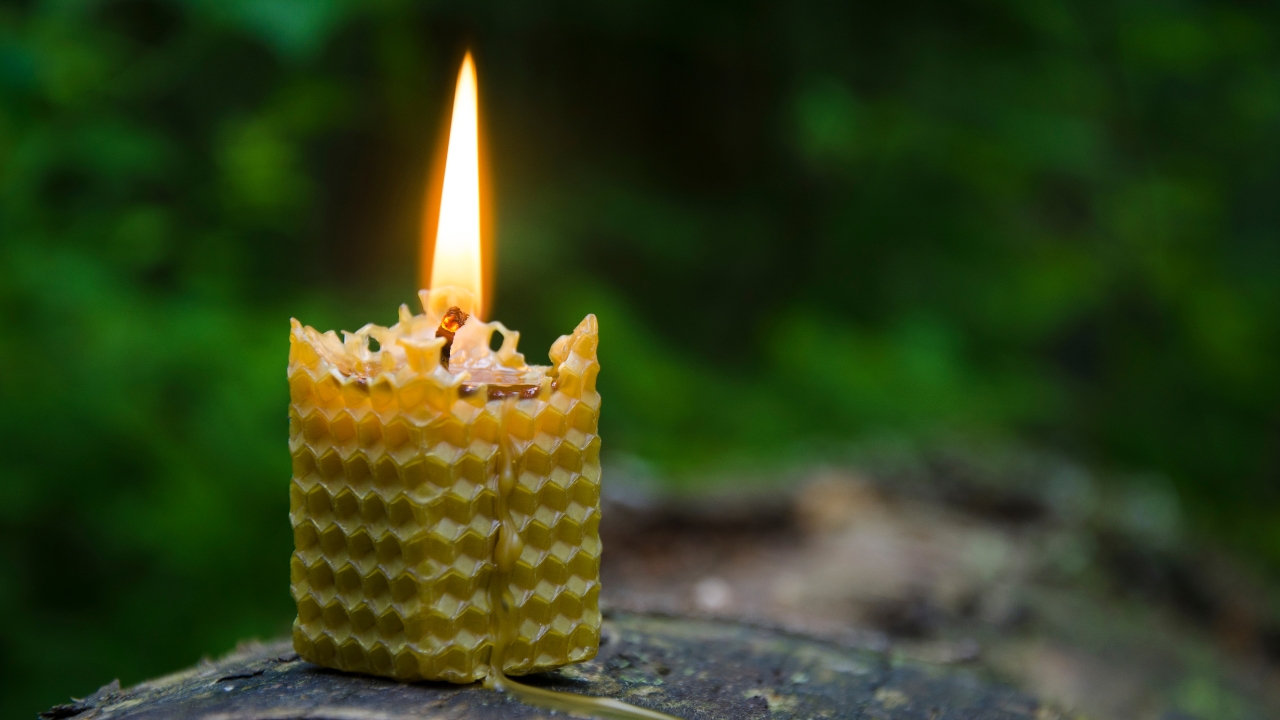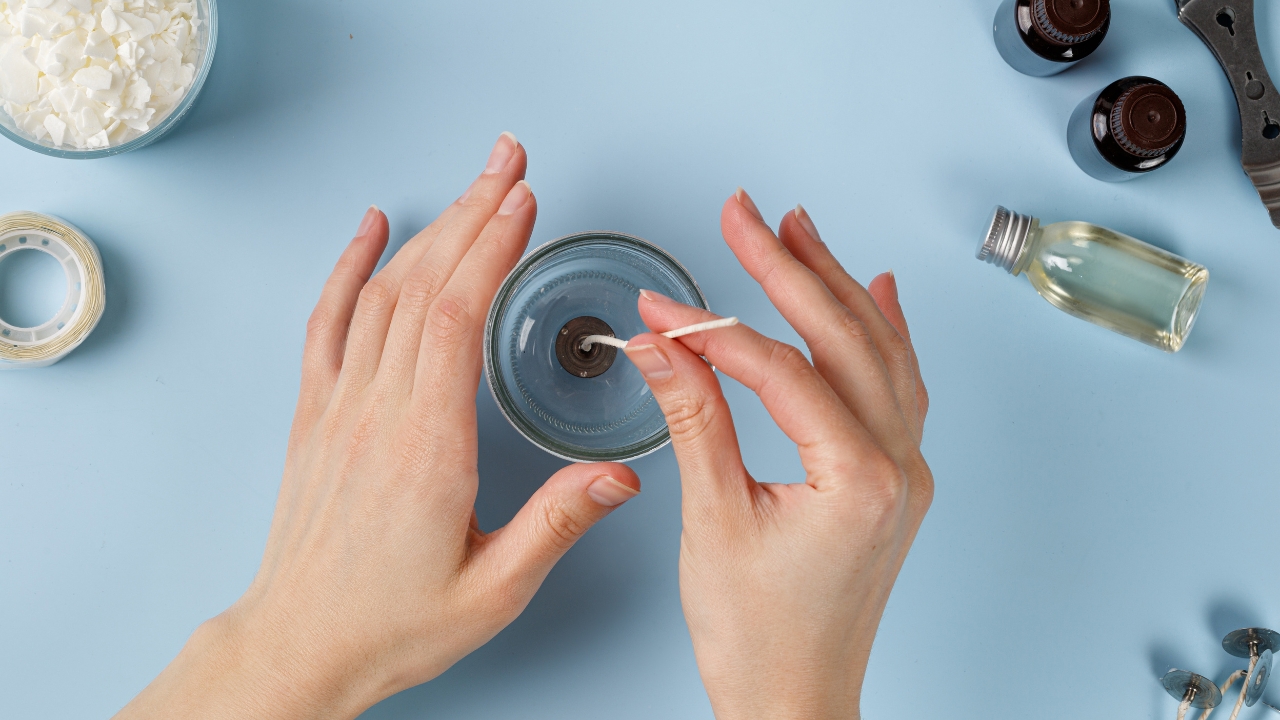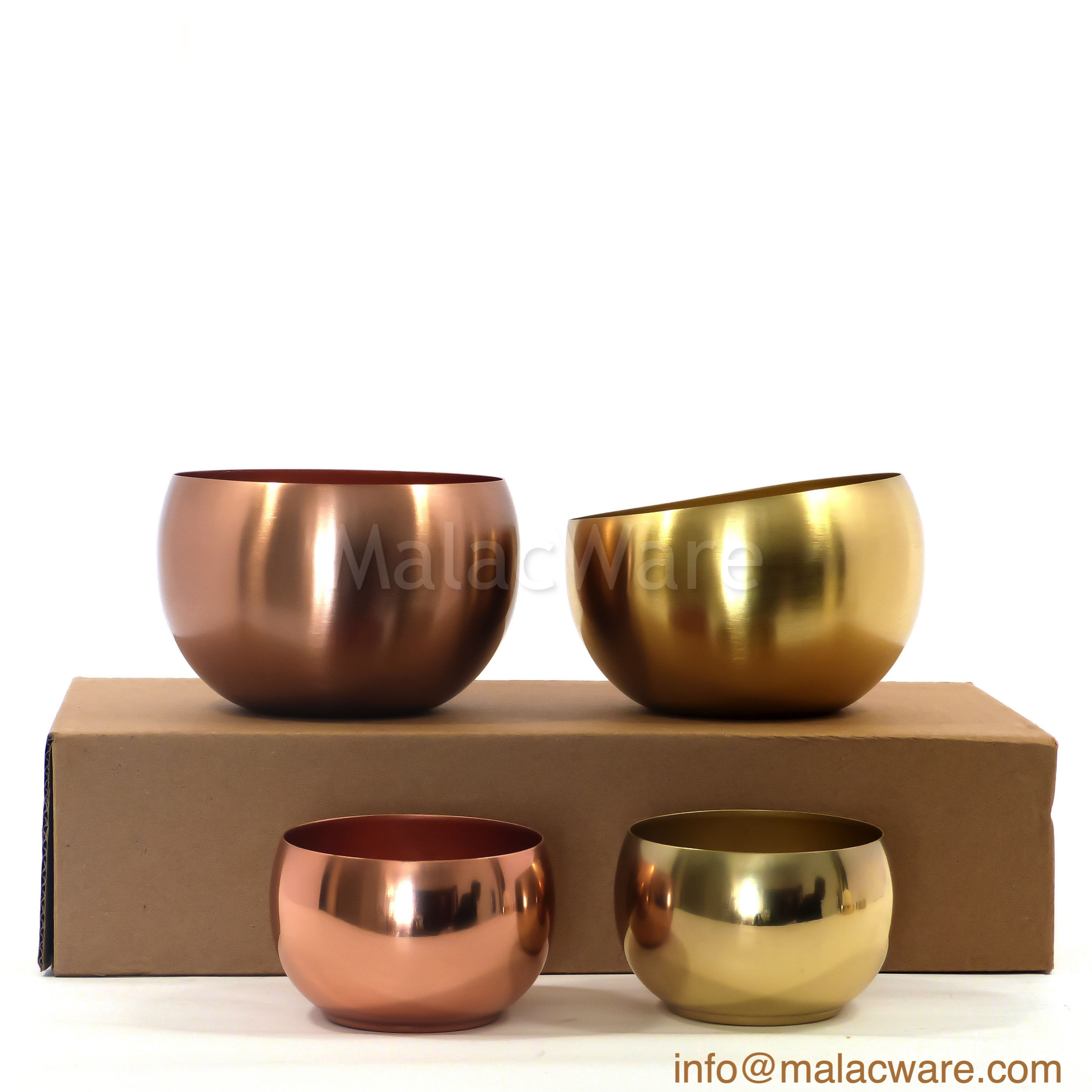Why Most Brass Candle Jars Turn Green (And Why MalacWare Jars Don’t!)
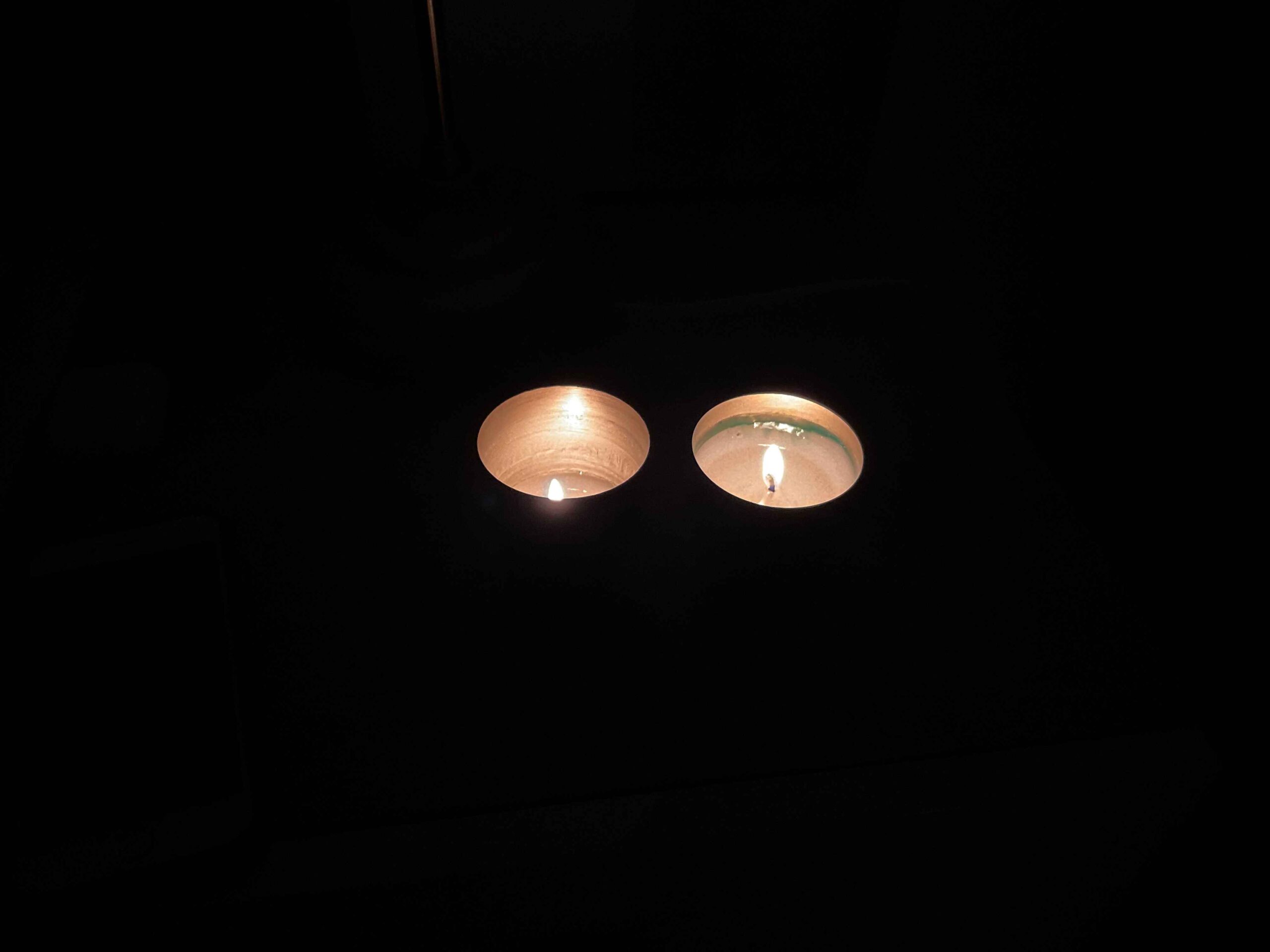
I Introduction Brass and Its Alloys
A. What is Brass?
Brass is an alloy primarily made of copper and zinc. The proportions of these two metals give brass its distinct properties, making it a popular choice in many applications. Its golden color, excellent machinability, and resistance to corrosion make it an ideal material for items ranging from musical instruments to decorative jars.
B. Common Alloys in Brass Composition
There are several different types of brass, depending on the proportions of copper and zinc used. For instance:
Alpha Brass– Contains around 67% copper and 33% zinc; known for excellent corrosion resistance and is often used in architectural fittings.
Beta Brass – Has a higher zinc content (up to 50% zinc) and is known for its strength and durability, commonly used in applications like screws and bolts.
Cartridge Brass– Containing about 70% copper and 30% zinc, this alloy is popular in making ammunition casings thanks to its ductility.
C. Uses of Brass Jars
Brass jars are not only beautiful but also practical. They serve various purposes:
Luxury Candle Containers- Perfect for high-end luxury candles.
Serving or storage containers—ideal for holding spices or dry goods.
Decorative pieces that add a vintage touch to home décor.
Keepsakes that often become family heirlooms, telling stories of the past.
II. The Science Behind the Color Change
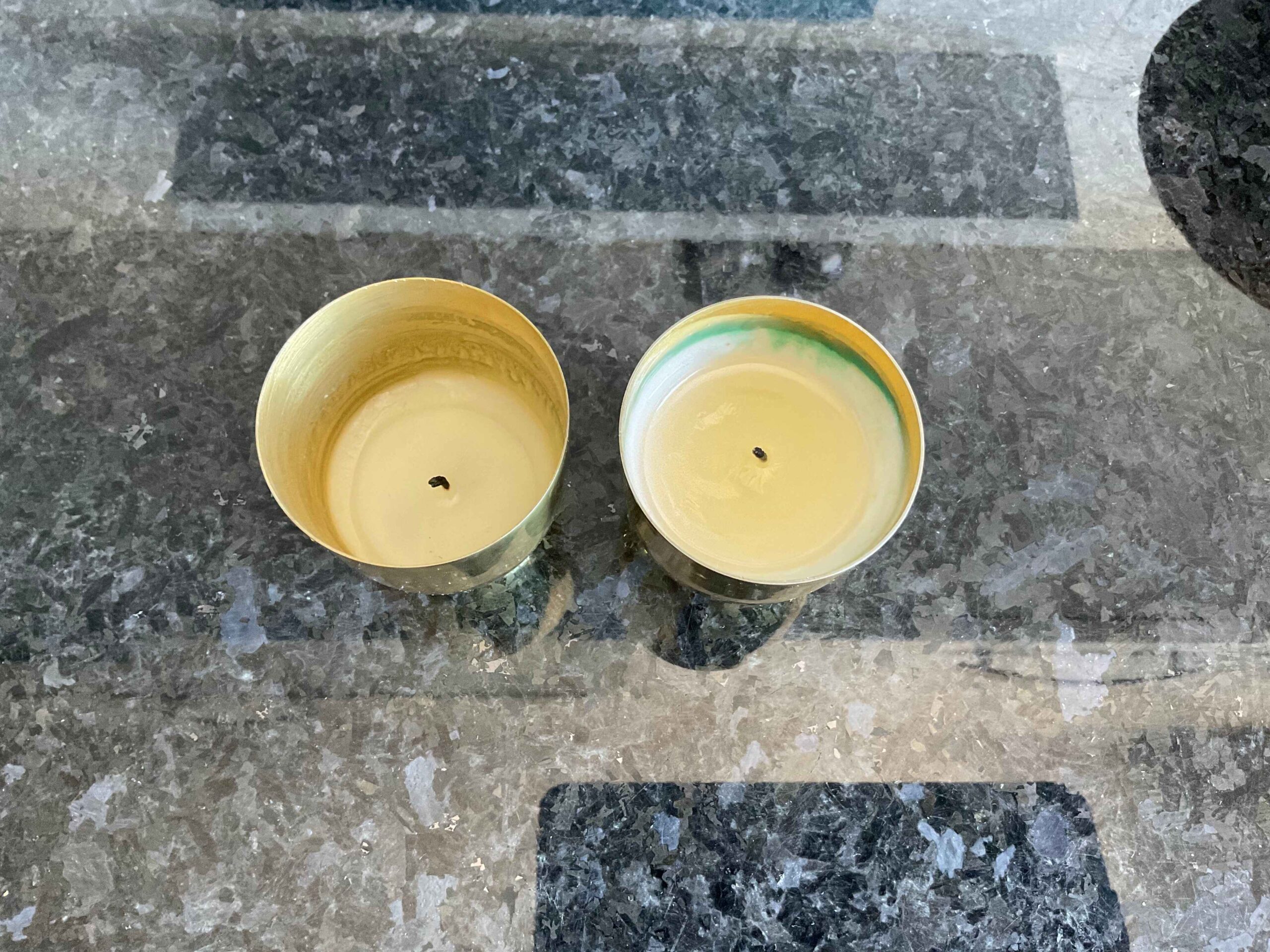
A. Understanding Oxidation
Oxidation is a naturally occurring chemical reaction where a material reacts with oxygen, leading to a color change. For brass, this process can lead to tarnishing, which can manifest in various hues, especially green. As the brass ages, it reacts with environmental elements, and just like the old coins or tools, they often come with a history marked by these changes.
B. The Role of Corrosion in Brass
Corrosion is the gradual destruction of materials due to chemical reactions. In brass, corrosion can lead to the formation of green patina. This occurs because the copper in brass reacts with moisture, oxygen, and other environmental factors, causing a breakdown that can affect the beauty and integrity of brass jars.
C. Types of Green Patina (Verdigris)
The green color that brass jars can develop is often referred to as verdigris, and it comes in a few varieties:
Copper Carbonate- This is the most common form of green patina.
Copper Acetate- Formed when copper reacts with acetic acid; usually more vibrant and can often be seen on items that came into contact with vinegar or similar substances. Some fragrances come with acids and sulfurs and it very common that scented candles jars turn green with such fragrances.
III. Factors Contributing to the Green Discoloration
A. Environmental Conditions
Several environmental factors can accelerate the tarnishing process of brass jars:
1. Humidity and Moisture
A humid environment can lead to increased oxidation. I often notice that brass items in my kitchen, particularly near the sink, tend to tarnish faster due to the moisture present.
2. Presence of Salts
Salt from the air, especially in coastal regions, can cause accelerated corrosion, leading to a more pronounced green color.
3. Pollutants in the Air
Exposure to air pollutants and acids can greatly speed up the tarnishing process. This is why certain antique brass jars found in urban settings appear much more discolored than those from rural areas.
B. Chemical Reactions with Common Substances
Several everyday substances can contribute significantly to the discoloration of brass:
1. Acidic Foods and Liquids
Items like vinegar or citrus juice, when stored in brass jars, can cause reactions that lead to discoloration.
2. Cleaning Agents
Harsh cleaning agents can strip protective layers and expose the brass further to oxidation, making them lose their sheen rapidly.
3. Natural Oils and Skin Residue
Oils from our hands can create spots that attract moisture, causing uneven discoloration.
C. Age and Wear of Brass Jars
The passage of time and regular use can play a major role in how brass jars change appearance:
1. Time and Natural Aging Process
Over the years, it is normal for brass to tarnish and develop patina, signifying its age and history.
2. Impact of Regular Use
Frequent handling can wear down any protective coatings, increasing the risk of tarnishing.
3. Protective Coating Wear
Many new brass objects come with a protective finish that can wear over time, exposing raw brass to the elements.
IV. Preventive Measures to Keep Brass Jars Shiny
A. Proper Cleaning Techniques
1. Safe Cleaning Solutions
A gentle mixture of soap and water or vinegar can remove grime without damaging the brass surface.
2. Tools for Effective Cleaning
Soft cloths or microfiber cloths work best for cleaning brass, preventing scratches.
3. Frequency of Cleaning
Regular cleaning, perhaps once a month, can help maintain the shine and prevent tarnishing buildup.
B. Storage Tips for Brass Jars
1. Optimal Climate Control
Store your brass jars in a cool, dry place away from direct sunlight to minimize oxidation.
2. Protective Coverings
Using a soft cloth or cotton cover can help shield your jars from dust and moisture.
3. Avoiding Contact with Reactive Materials
Keep brass jars away from areas where they may come into contact with acidic or corrosive materials.
C. Application of Protective Coatings
1. Types of Clear Coats
A clear lacquer or wax designed for metals offers an added layer of protection against tarnishing.
2. How to Apply Protective Coatings
Should be applied to clean, dry brass surfaces, using a soft brush for an even finish.
3. Maintenance of Coatings
Regularly check for wear and reapply as needed to keep the protective layer intact.
V. Restoring the Original Luster of Brass Jars
A. Common Restoration Methods
1. DIY Solutions
Homemade mixtures like baking soda paste or lemon juice can do wonders for tarnished brass.
2. Commercial Products
Specialty brass cleaners available in stores can be very effective when used as directed.
3. Professional Restoration Services
For heavily tarnished items, seeking professional help may ensure a perfect restoration without damage.
B. Long-term Maintenance Post-Restoration
1. Ongoing Care Practices
Consistent maintenance is crucial, and applying a protective coating after cleaning can extend the life of the shine.
2. Regular Inspection
Checking your brass items periodically allows you to address minor tarnishing before it becomes a bigger issue.
3. Lifestyle Adjustments to Reduce Tarnishing
Keeping brass away from food prep areas and using handling gloves can help reduce skin oils.
C. When to Seek Professional Help
1. Signs of Severe Damage
If you notice pitting, deep scratches, or significant discoloration, it may be time to consult an expert.
2. Understanding Restoration Costs
Be prepared for varying costs based on the severity of the tarnishing and the size of the item.
3. Choosing the Right Service
Look for professionals with experience in metal restoration; checking reviews can help you find a reliable option.
VI. Conclusion
Understanding why brass jars turn green requires insight into the chemistry at play and the environmental factors involved. MalacWare is equipped with a knowledgeable team of lacquer coating specialists. Our brass candle holders and candle jars do not turn green over time because we apply multiple treatments with different types of lacquer to ensure that there is no Verdigris.
VII. Frequently Asked Questions (FAQs)
A. Is green patina harmful?
No, verdigris is not harmful in small amounts, but it’s best to clean it off if the item is used for food storage.
B. Can I remove the green color from my brass jars?
Yes, using gentle cleaning methods and solutions can effectively remove the green patina.
C. How often should I clean my brass jars?
Cleaning them once a month is usually sufficient to keep them looking their best.
D. What preventive measures can I take against oxidation?
Proper cleaning, storage in optimal conditions, and the application of protective coatings can all help.
E. Are there safe products for brass maintenance?
Yes, there are numerous commercial products and DIY solutions that are safe for maintaining brass. Always check labels to ensure suitability.
Subscribe To Our Newsletter
Subscribe for your email and get 10% off your first order!
© 2023 Malac Import Export Pvt Ltd, All rights reserved.

